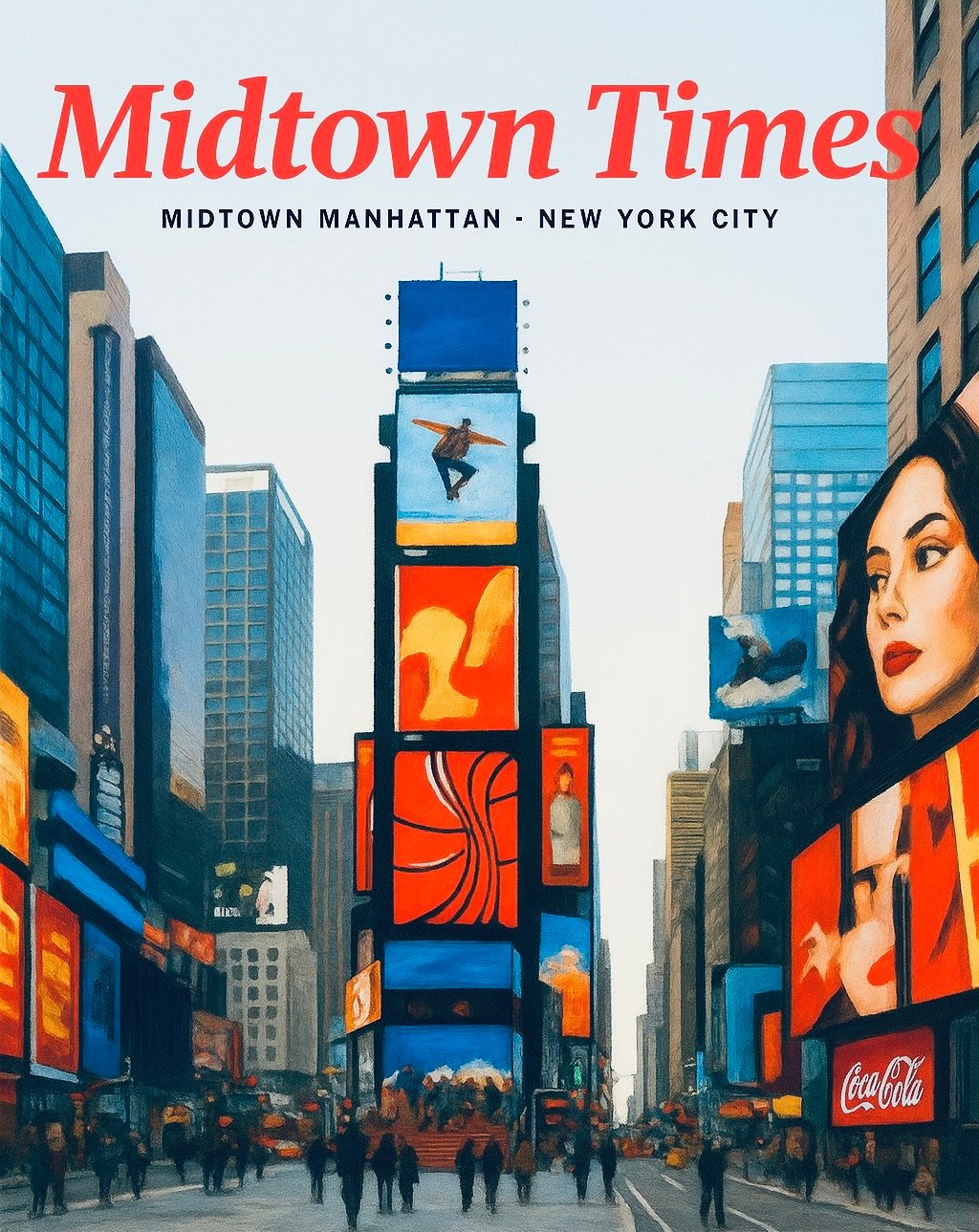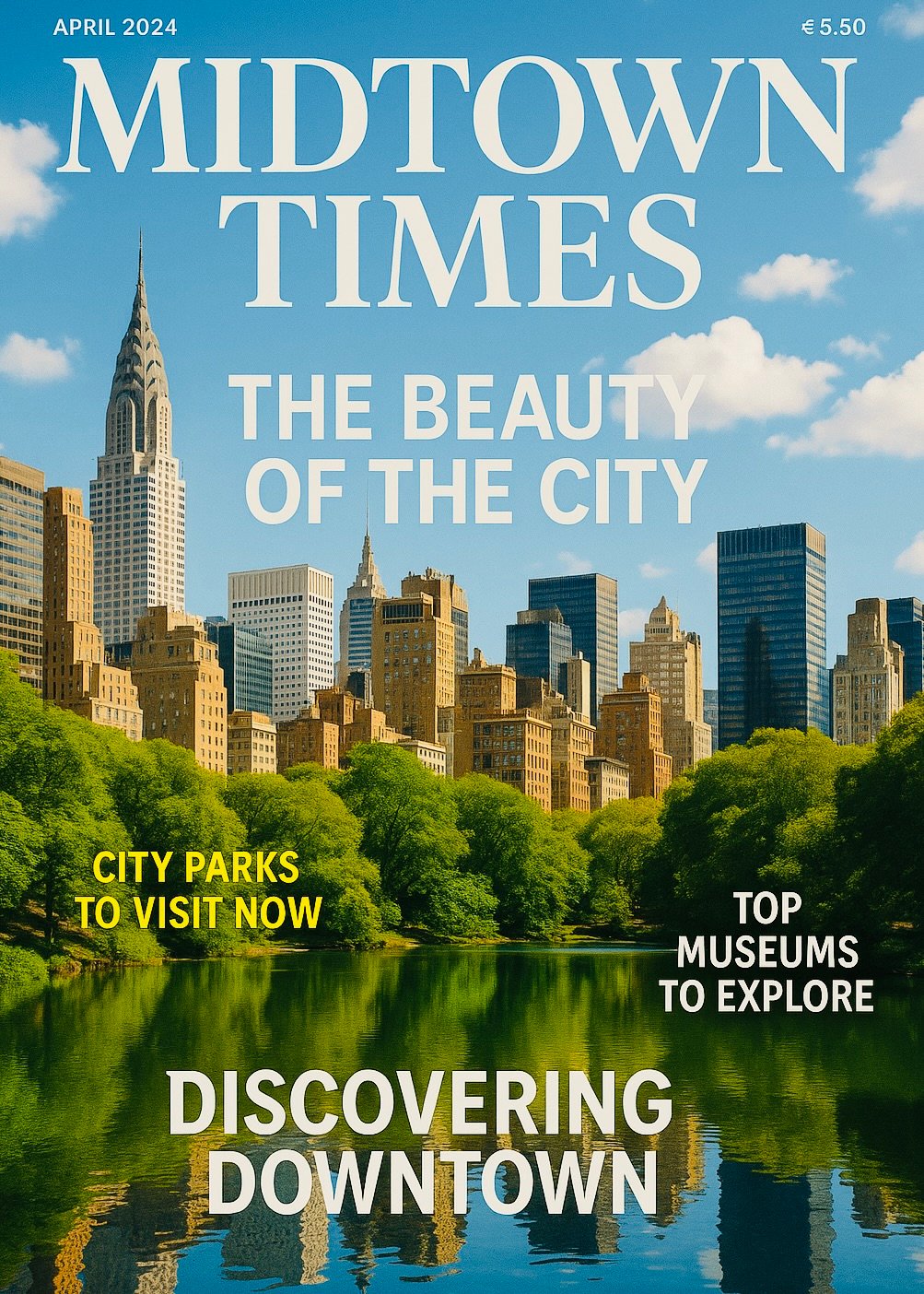By Midtown Times Editorial Desk
New York, NY — Few cities in the world embody the extremes of wealth, influence, and exclusivity quite like New York City. From its earliest days as a Dutch colonial port to its position as a global financial and cultural capital, New York has nurtured a culture where elite circles have shaped—and often controlled—the city’s political, social, and economic trajectory.
Colonial Foundations: Power by Land and Trade
Elitism in New York traces back to the 17th century, when Dutch settlers established New Amsterdam as a commercial hub. Wealthy merchant families, many tied to the Dutch West India Company, controlled vast tracts of land and dictated trade routes. After the British takeover in 1664, the colonial elite shifted toward Anglo-American aristocrats, whose power was rooted in both landholdings and connections to the Crown.
The Gilded Age: Opulence on Display
The late 19th century marked a high point in New York’s elite culture. The so-called “Four Hundred”—a term coined by social arbiter Ward McAllister to describe the city’s most socially acceptable families—dominated high society. Figures like Caroline Astor hosted lavish balls in Fifth Avenue mansions, where strict codes of behavior reinforced the boundaries between old money and the aspiring wealthy.
Meanwhile, industrial magnates such as Cornelius Vanderbilt, J.P. Morgan, and Andrew Carnegie built monumental homes and institutions, cementing their legacies through philanthropy and the arts. This period’s conspicuous consumption inspired criticism from reformers, but it also solidified New York as the stage for America’s most visible elite class.
Interwar and Midcentury Influence
The 1920s brought Jazz Age glamour to elite social life, with exclusive hotels, country clubs, and art deco skyscrapers becoming status symbols. After the Great Depression, the city’s elite adapted, maintaining influence through institutions like the Metropolitan Museum of Art, the New York Yacht Club, and Ivy League feeder schools.
By the mid-20th century, a blend of old money, Wall Street executives, and media power players defined the city’s upper class, with social pages tracking their galas and philanthropic ventures.
Late 20th Century: Finance, Real Estate, and Celebrity
The financial boom of the 1980s expanded the definition of “elite” to include not only generational wealth but also self-made fortunes in finance, law, and real estate. Manhattan’s luxury co-ops, such as those on Park Avenue and Fifth Avenue, became both residences and gatekeepers, often requiring approval from boards that scrutinized applicants’ backgrounds and reputations.
Simultaneously, celebrity culture—fueled by media empires in the city—blurred the lines between social and popular elite status. Nightclubs like Studio 54 became exclusive playgrounds where wealth, fame, and influence intersected.
21st Century: Globalization and Hyper-Elitism
In the new millennium, globalization transformed New York’s elite into an even more international set. Billionaires from tech, finance, and foreign markets invested in trophy properties, often in ultra-luxury towers like One57 and 432 Park Avenue. Critics argue this has intensified inequality, with parts of Manhattan becoming enclaves for absentee owners while middle-class residents face mounting housing pressures.
Elitism now extends beyond social clubs and society balls, it is embedded in access to education, political influence, and the city’s real estate market. Even cultural institutions rely on major donors, many of whom wield significant sway over artistic programming and public policy debates.
Legacy and Critique
The history of New York City elitism reflects more than just wealth—it reveals how networks of influence shape the city’s cultural identity and economic realities. While the elite have funded museums, universities, and charities, they have also perpetuated systemic barriers that keep their ranks exclusive.
In a city famed for its diversity and opportunity, the tension between egalitarian ideals and entrenched elitism continues to define New York’s story.


